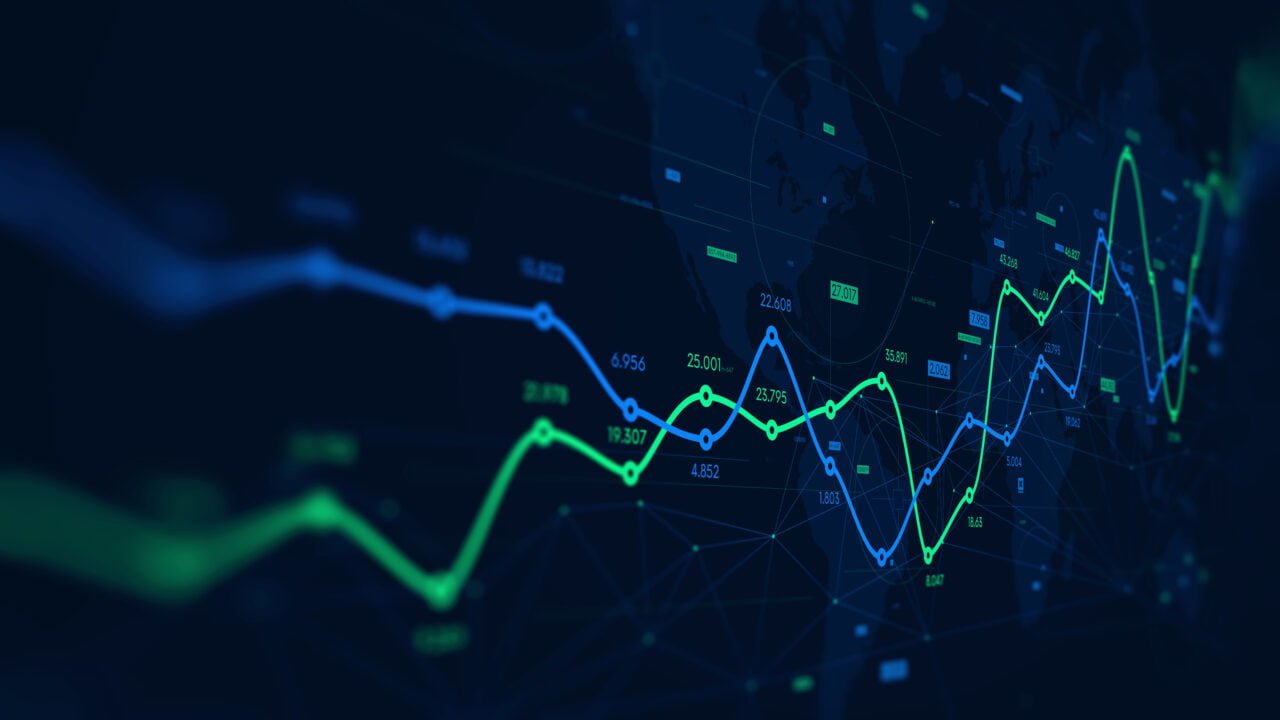Big data is influencing the world in ways never seen before. How to collect it, store it, search it, analyze it and use it to shape decision making has become a modern business obsession. How much do most people know about it, though?
It was way back in 1937 when the introduction of the Social Security Act in the USA made it necessary to collect and store huge amounts of people’s information for the very first time.
It wasn’t until 2005 when the term “Big Data” was first coined, and in a relatively short space of time, we are now at a point where internet users are generating around 2.5 quintillion bytes of data every day.
So, what is this big data, how is it being collected and stored, and what are its uses now and in the future? Read on to find out everything you need to know about big data.
What is big data?
Big data is essentially capturing huge amounts of information that cannot easily be analyzed in the same ways you would do with “small data”. It comes in in large quantities, and it comes in fast.
If you think about small data as perhaps a vox pop, feedback form, or, for smaller businesses, your sales record, you can fairly easily collate and analyze that information using a spreadsheet and some graphs.
Big data comes in three forms; structured, which is organized information that can be filed easily, such as a customer database including name, age, address for example, unstructured, which is difficult to analyze such as geolocations captured through social media; and semi-structured which is a combination of the two, emails, for example, can be categorized by sender or date.
This big data that is constantly being captured has become a valuable tool for everything from medicine to retail.
How is big data being captured?
Big data is constantly being captured through virtually every area of your life. From what you search on the internet, the emails you send, how you interact with social media, the games you play, what you purchase, medical procedures you have, your journeys are even tracked via satellite technology.
There are four main types of data. Your personal data includes your name, zip code, and IP address, starting with the basics. Then comes the really interesting stuff like how you interact with businesses, social media, or adverts, known as your engagement data, behavioral data, and attitudinal data, such as your purchase history and your satisfaction with that purchase.
There are many ways in which organizations are gathering data. They ask for information, such as encouraging people to sign up for newsletters and loyalty cards, track your actions through cookies on your computer, for example, or get it from outside sources, such as buying in databases of potential customers.
How is big data stored?
Big data can be stored using an in-house system, and it is also stored in what are essentially massive storage warehouses, but as the amount of data gathered and stored accelerates exponentially, the move to cloud-based storage, which allows for greater flexibility and accessibility, seems to be where the future lies.
Data encryption is used to prevent hackers from accessing sensitive data and as cyber-attacks become more sophisticated, so does the mean of protection.
Proper storage and organization of this avalanche of information are what turns useless data into clever data. That’s where metadata management comes in.
Metadata is the description of data – image tags or dates created, for example. It comes in particularly handy when it comes to unstructured data as it offers the opportunity to name and identifying data such as audio or social feeds.
Companies such as Brandfolder use metadata management to systematically handle how organizations store, access, and use data connected to their digital assets.
In short, it makes sure digital files are tagged, categorized, and organized correctly to make it easy to find and share what you are looking for.
How is big data being used?
Big data is being used in myriad ways. Big businesses and small are harnessing its powers, medical and environmental scientists are making advancements using the unique insights it can bring. It even shapes modern-day political campaigns.
Businesses can use data to work out which customers are most likely to buy from them, which products to promote, what information to send out to email subscribers, how to shape their marketing campaigns.
Big data can also help to level the playing field, with small businesses utilizing the same techniques as the big players.
Frequently getting a bad rap, the good things big data is facilitating mostly go under the radar.
Thanks to big data, the wildlife charity WWF launched a platform that calculates the health cost of air pollution caused by a company’s practices. When sustainability is becoming increasingly important to investors and consumers, corporations think twice about how environmentally friendly they are and consider taking steps to perform better.
Big data is now also being used in medicine. Not only can it be used to understand better specific diseases leading to better treatments, but it can also be used to track the health of individuals, which can allow for personalized treatments and predicting illnesses before they happen or take hold. Wearable devices that can track a person’s health, reducing the need for costly examinations too. All of these advancements are helping to reduce costs and lead to better outcomes for the patient.
How will big data shape the future?
The future will see big data increasingly being used to enhance global security such as foiling terrorists and catching criminals in medical settings, for instance, monitoring premature babies and space exploration, perhaps one day helping to detect life on another planet.
It will continue to shape how business is being done, predicting consumer behavior with even more accuracy.
The one certain thing is that big data is not going anywhere and will ultimately shape every area of modern life.
